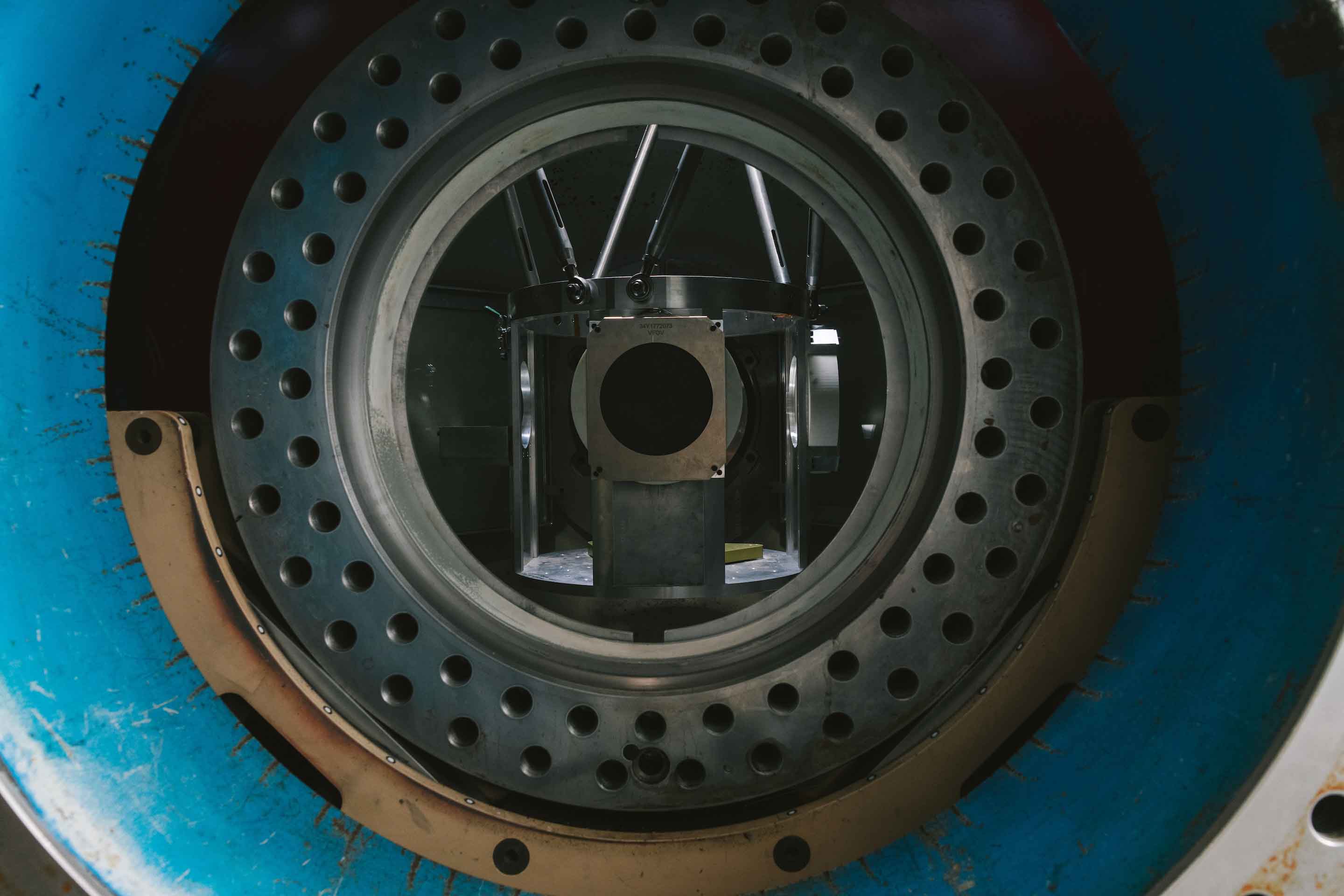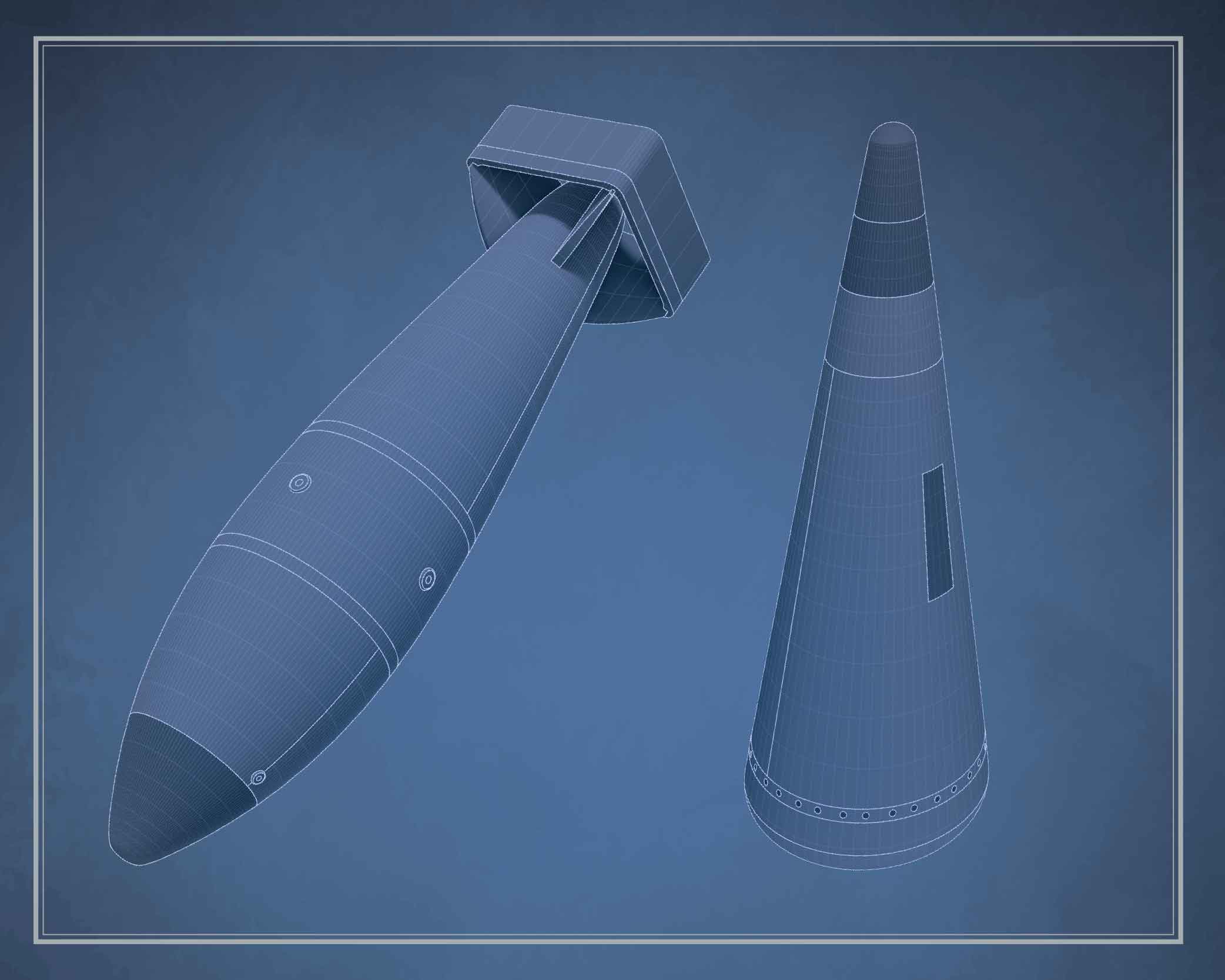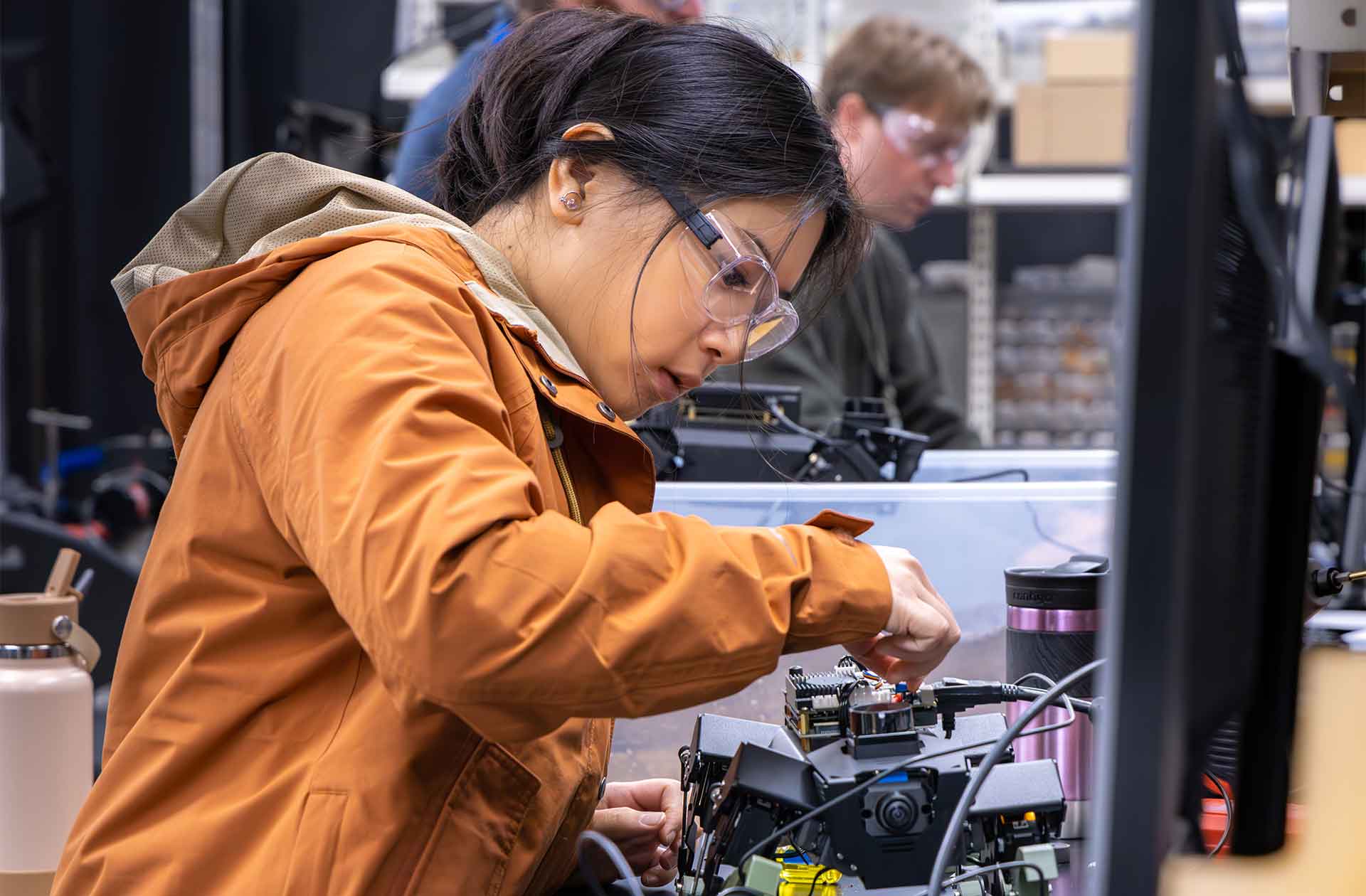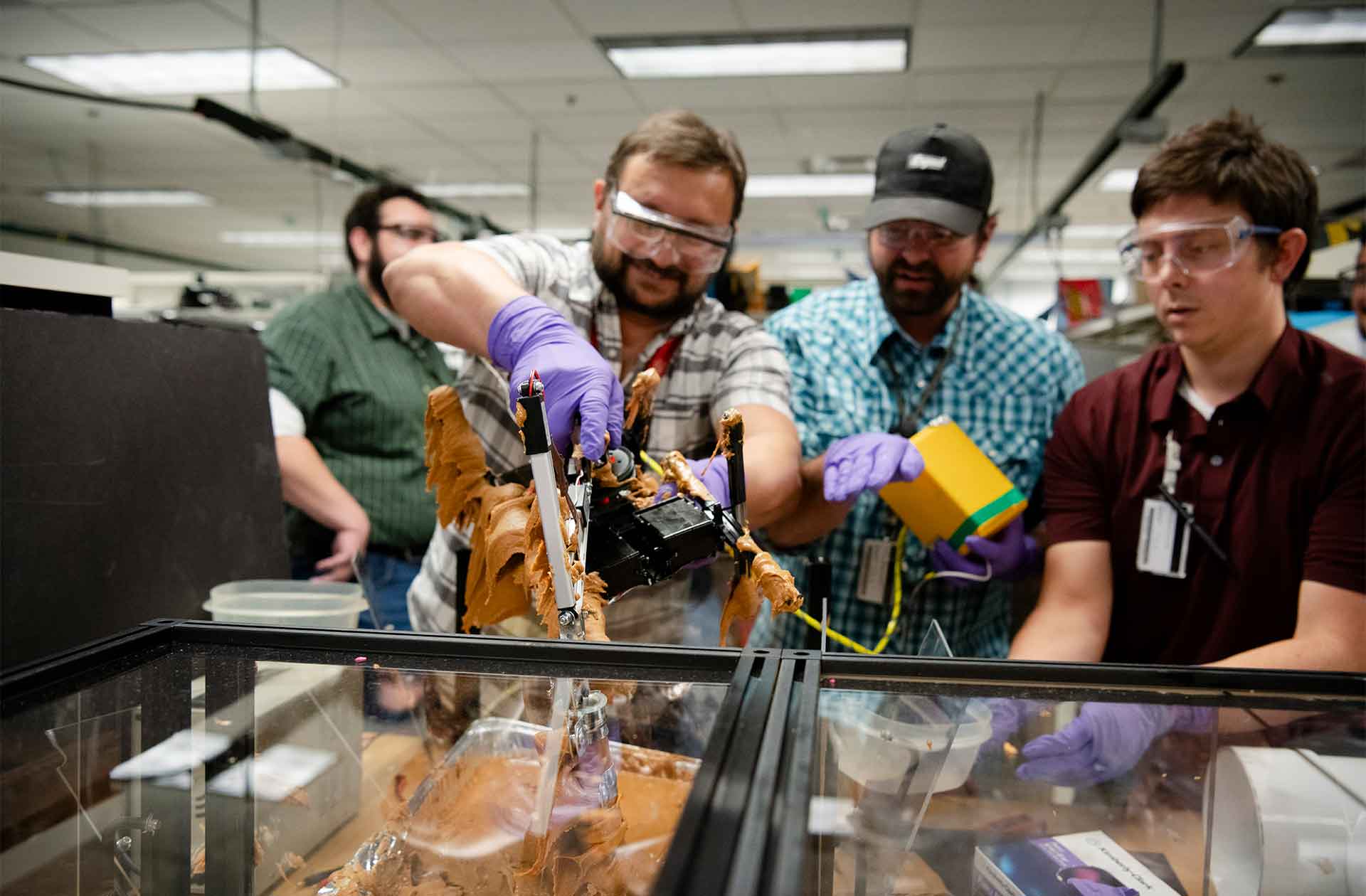Who invented the first plutonium pit?
New documents from Los Alamos National Laboratory help clarify the role of theoretical physicist Robert Christy.
- Thomas Chadwick, Intern, National Security Research Center

Canadian scientist Robert Christy worked in the Theoretical Implosion group at Los Alamos during the Manhattan Project. This group was tasked with designing a weapon in which explosives would compress a plutonium pit, which would result in a nuclear explosion. But the group’s original pit design just wasn’t working as intended. So, in late 1944, Christy proposed a new design.
Christy’s design was adopted and used during the Trinity test—the detonation of the world’s first atomic weapon. Thus, the Trinity device was nicknamed as the “Christy Gadget.” However, in the years since, many sources have given credit for this invention to other scientists—most often to Theoretical Implosion group leader Rudolf Peierls, who does in fact share credit with Christy on the official patent.
“Prominent historians have challenged that the basic design of the wartime implosion system’s pit was largely conceived by physicist Robert Christy,” says Alan Carr, senior historian for the National Security Research Center (NSRC), which is the classified library at Los Alamos National Laboratory. “However, recently uncovered records demonstrate that Christy is, in fact, the primary architect of the design.”
Even though the finalized patent, titled “Method and Apparatus for Explosively Releasing Nuclear Energy,” is filed jointly under Peierls and Christy, NSRC Archivist Danny Alcazar and Chief Scientist Mark Chadwick discovered that the original handwritten draft of the patent was in Christy’s name alone. The NSRC is also home to an early typed copy of the patent that was edited by Peierls, on which Peierls made the handwritten addition “and Rudolf Peierls.” Additionally, the NSRC has recordings from a 1986 interview with both Peierls and Christy that offer implicit credit to Christy for inventing the pit design of the Trinity device.
“This case is the perfect example of how valuable the Lab’s national security collections are to verifying history,” Carr says.
For more on the Christy Gadget and other recent research about the Trinity test, see the October 11, 2021, special issue of the American Nuclear Society's Nuclear Technology journal.








